James' Ossuary unveiled in new 'World of Jesus' exhibit with over 350 artifacts from Holy Land
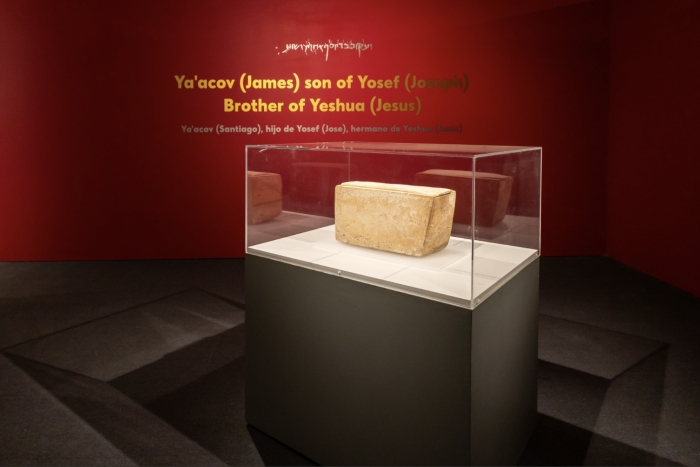
ATLANTA — Standing in front of a small stone ossuary bearing the inscription "James, son of Joseph, brother of Jesus," Oded Golan gestures with quiet reverence.
The box, he explains, once held human bones. Now, it holds stories from 2,000 years ago that are now on display at Pullman Yards, where an extraordinary exhibit titled "Discovering the World of Jesus: Ancient Treasures from the Holy Land" opened on Dec 3.
The exhibition, showcasing over 350 artifacts from the private Golan Collection, promises visitors a visceral journey through the time of Jesus, from His birth to the Resurrection.
For Golan, an Israeli engineer and antiquities collector, the exhibit reflects a life-long passion.
"I started collecting antiquities at the age of 9," he said, recounting his discovery of what would later be identified as the earliest dictionary in the world, written in cuneiform.
"Israel is the best place to search for antiquities. Every stone, every object has a story to tell."
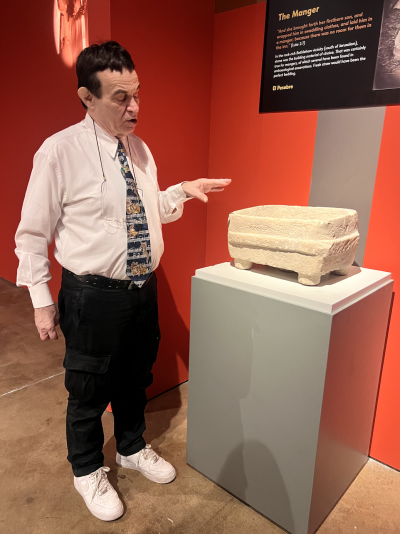
For the first time, Golan's renowned collection has left Israel to embark on a U.S. tour, offering visitors a rare opportunity to connect with objects illuminating the daily lives, culture and faith of those who lived in Jesus' time.
Among the highlights in the exhibit are ossuaries attributed to James, Jesus' brother, and the priest Zacharias, believed to be the father of John the Baptist. Among hundreds of other objects are lamps, sandals, coins, and even stone vessels that are thought to resemble the cup used during the Last Supper.
"We have the earliest images of the Nativity story from a church from the fourth century A.D., and the earliest description of the Holy Sepulcher, the place where the tradition claims the place where Jesus' body was put into the cave and then resurrected," Golan, who is Jewish, said.
James Tabor, a retired professor of religious studies at the University of North Carolina at Charlotte and a scholar of Christian origins, told CP the exhibit bridges a crucial gap between text and history.
"It's fabulous," he said. "As a historian, I work primarily with texts — Dead Sea Scrolls, manuscripts. But when you combine those texts with archaeology, it's transformative."
Tabor, who has excavated in Israel for decades, sees the exhibit's immersive approach as a game-changer. Rather than presenting artifacts in isolation, "Discovering the World of Jesus" tells a chronological story complemented by audio and visual effects.
"You walk through history, from Herod the Great to the crucifixion and beyond. You get a feel for what life was like. What lamps did they use? What dishes did they eat from? How did they bury their dead? This exhibit answers those questions in ways no textbook can," he explained.
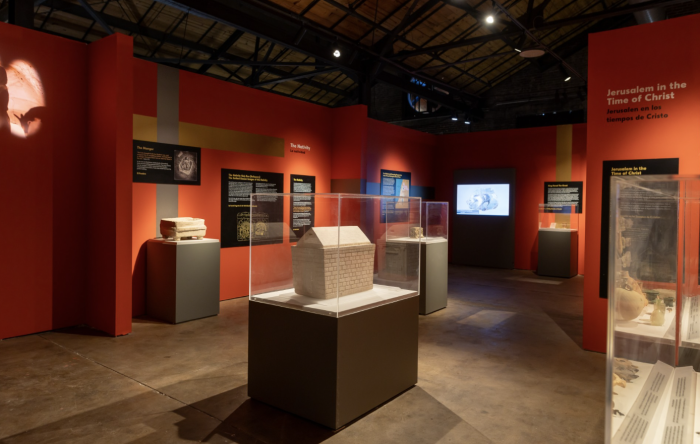
For many visitors, the exhibit promises to challenge long-held assumptions. For example, the manger in which Jesus is said to have been laid at birth was likely not a wooden crib, but a stone trough.
"These artifacts correct misconceptions we don't even know we have," Tabor said. "The Bible comes alive in a tangible, material way."
No artifact stirs more awe than the James Ossuary, whose Aramaic inscription identifies it as belonging to "James, son of Joseph, brother of Jesus."
Its authenticity, Golan explained, has been verified through rigorous chemical and microscopic testing, which confirm the inscription dates to the first century. Still, skeptics have debated its significance, questioning whether this James is the same man identified in the Gospels as Jesus' brother.
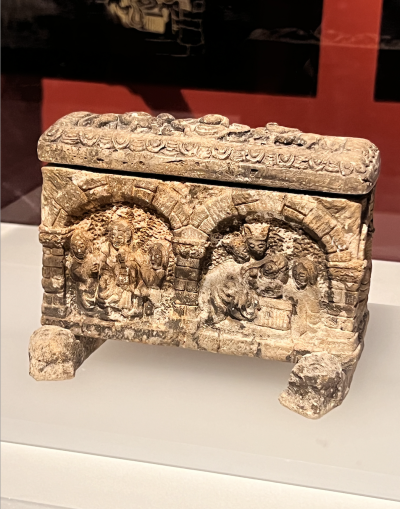
Despite the debate, Tabor said the statistical evidence surrounding the ossuary is compelling.
"We've analyzed the likelihood of someone with this combination of names living in Jerusalem at the time. It's extremely rare. The probability is overwhelming that this is the James from the New Testament," he said.
He stressed that the ossuary also serves as a rare physical link to Jesus' family.
"If this is James' ossuary, then his family members likely stood before it, mourning his death," Tabor said. "It's the closest thing we have to a direct connection with Jesus."
The exhibit also serves as an immersive, family-friendly experience. Visitors will encounter ancient coins minted by Pontius Pilate, crucifixion nails that highlight the brutality of Roman execution and sandals worn by children in first century Judea. A short film, "Daily Life in the Time of Jesus," offers a visual narrative that complements the artifacts.
One particularly striking piece is a stone cup, similar to the one used during the Last Supper. Golan said the cup "wasn't made of gold or covered in diamonds, as some might imagine."
"It was a simple stone cup, used during Passover by Jewish people in Jerusalem," Golan said. "The specific one we display has traces of fire damage, possibly from the destruction of Jerusalem, just as Jesus predicted during His life."
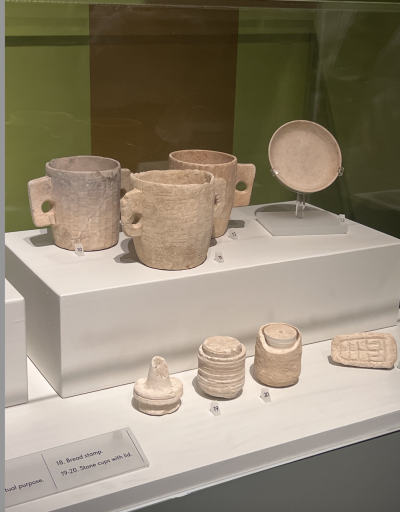
Golan contended that the pieces are keys to understanding a shared past and bringing the Bible to life in a powerful way.
"When you hold an artifact from the time of Jesus, you are connecting with history in a deeply personal way," he says. "You can almost feel the lives of the people who made them."
Tabor agreed, emphasizing the significance of immersing oneself in Bible history.
"When my students excavate in Israel and pick up a lamp or a shard of pottery, they're often amazed. 'Could Jesus have touched this?' they ask," Tabor stated. "It's a profound moment. This exhibit captures that feeling for everyone."
Golan hopes the exhibit will inspire curiosity and deepen understanding, regardless of one's religious beliefs.
"This isn't just for Christians," he said. "Jesus was a Jewish man who lived in a Jewish world. Understanding his time helps us understand the shared roots of our faith and history."
At the end of the exhibit, visitors are invited to write prayers and leave them on a symbolic tree. These prayers will be transported to a church in Galilee, near where Jesus is believed to have grown up. Golan said the tree serves as a fitting conclusion to a journey that begins with ancient artifacts and ends with a personal connection to faith and history.
"Jesus lived in a real world. This exhibit helps us see that world — the sights, the sounds, the objects — and that makes the story more human, more powerful, and more real," Tabor said.
"Discovering the World of Jesus: Ancient Treasures from the Holy Land" is now open at Pullman Yards in Atlanta. Tickets are now available online, with additional U.S. tour stops to be announced in the coming months.
Leah M. Klett is a reporter for The Christian Post. She can be reached at: leah.klett@christianpost.com





























